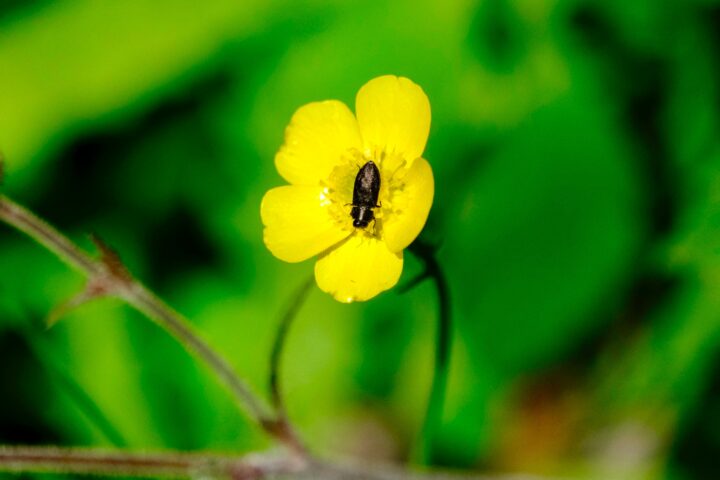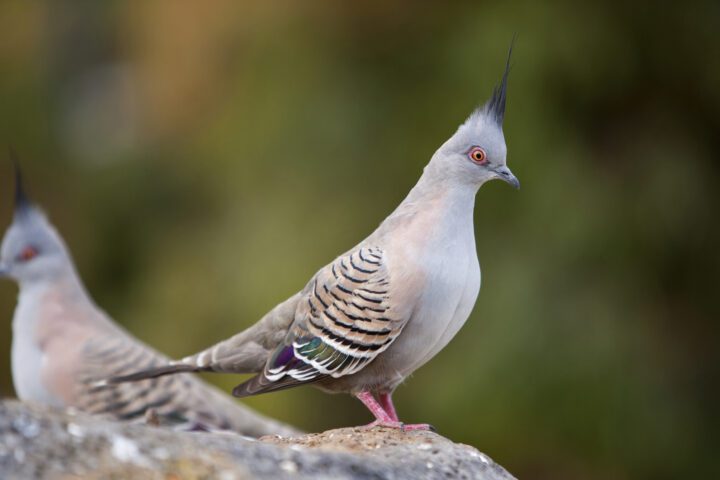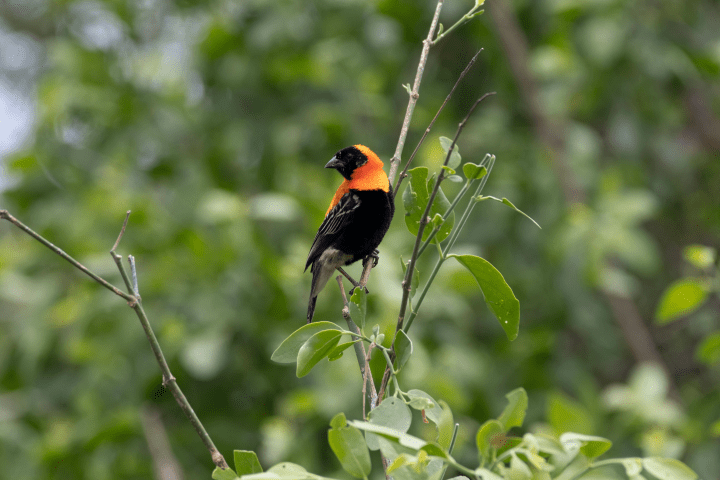Cooperate Within the Same Species
A species is a group of organisms capable of breeding to produce fertile offspring. When individuals within a species undertake activities that benefit one another, that cooperation benefits not just the individuals, but also local and wider populations of that species. Collaborating in activities such as finding food, controlling parasites, and protecting from predators enhances overall survival. To cooperate, there must be enough benefit to an individual, and especially to a population, to justify any risk taken by individuals. Through cooperation, risk is distributed among individuals and the benefits to the community are greater than the sum of the benefits to individuals. An example is birds that gather in flocks, a cooperative activity more beneficial than acting alone. While some birds forage, others watch for predators. When one finds food, others also feed on it. Despite potential short-term competition for an individual that finds food, over the long-term, that same individual benefits when others find different food sources.
Coordinate by Self-Organization
To create and maintain a healthy community of individuals and ecosystems requires that living systems coordinate their activities. Coordination doesn’t necessarily mean that there’s a leader orchestrating what happens. In nature, coordination is usually achieved through self-organization. In a flock of geese flying in a V-formation, for example, there’s no lead goose controlling where all of the others fly. The flock uses this formation because each goose gains energy from air vortices created by the goose in front of it. The lead goose doesn’t gain that benefit, so when it tires, it moves back and another goose takes the front position.
Respond to Signals
To interact with its environment, a living system must not only sense a variety of signals, but also respond to them. To be energy- and material-efficient, those responses must be appropriate to the signal. This generally requires sensing thresholds to trigger an appropriate level of response (for example, hiding under a shrub versus running away to avoid a predator). Response strategies are tied to a specific signal and often have a response threshold, which determines how strong a signal must be to warrant expending energy to respond. One example is a plant that lives in arid regions in South Africa. Its seed capsules remain closed until rainfall triggers them to open to release the seeds. But the plant only responds to a second rainfall, thus protecting against releasing its seeds before there is enough sustained water for them to grow.
Sense Chemicals (Odor, Taste, etc.) From the Environment
Chemicals are important for signaling and communication among living systems, either intentionally (such as when two living systems try to find one another) or unintentionally (such as when a plant emits a chemical signal that an herbivore can use to find a tasty bite). They are also important for other uses, such as navigating or finding sources for minerals. But chemical signals are often relatively weak and disperse when moving through water or gases. Therefore, detecting them requires specialized abilities, including a way to determine where they are coming from. A well known example of sensing chemicals can be seen in ants following a pheromone trail laid down by others in their colony to locate a quality and abundant food source.
Send Chemical Signals (Odor, Taste, Etc.)
Tastes, odors, and hormones are all chemical signals that can float through the air or water, or be applied to solid surfaces. Chemicals are important for signaling and communication; even humans, with our underdeveloped sense of smell, are influenced by chemicals more than we realize. Chemical signals are often specific to the living system intended to receive them, and are often relatively weak, dispersing upon moving through liquids or gases. To ensure that chemical signals reach their target, living systems create unique chemical signals and methods of dispersal. One example is an orchid that is pollinated by dung beetles, and therefore distributes a dung-smelling aroma to attract them.













